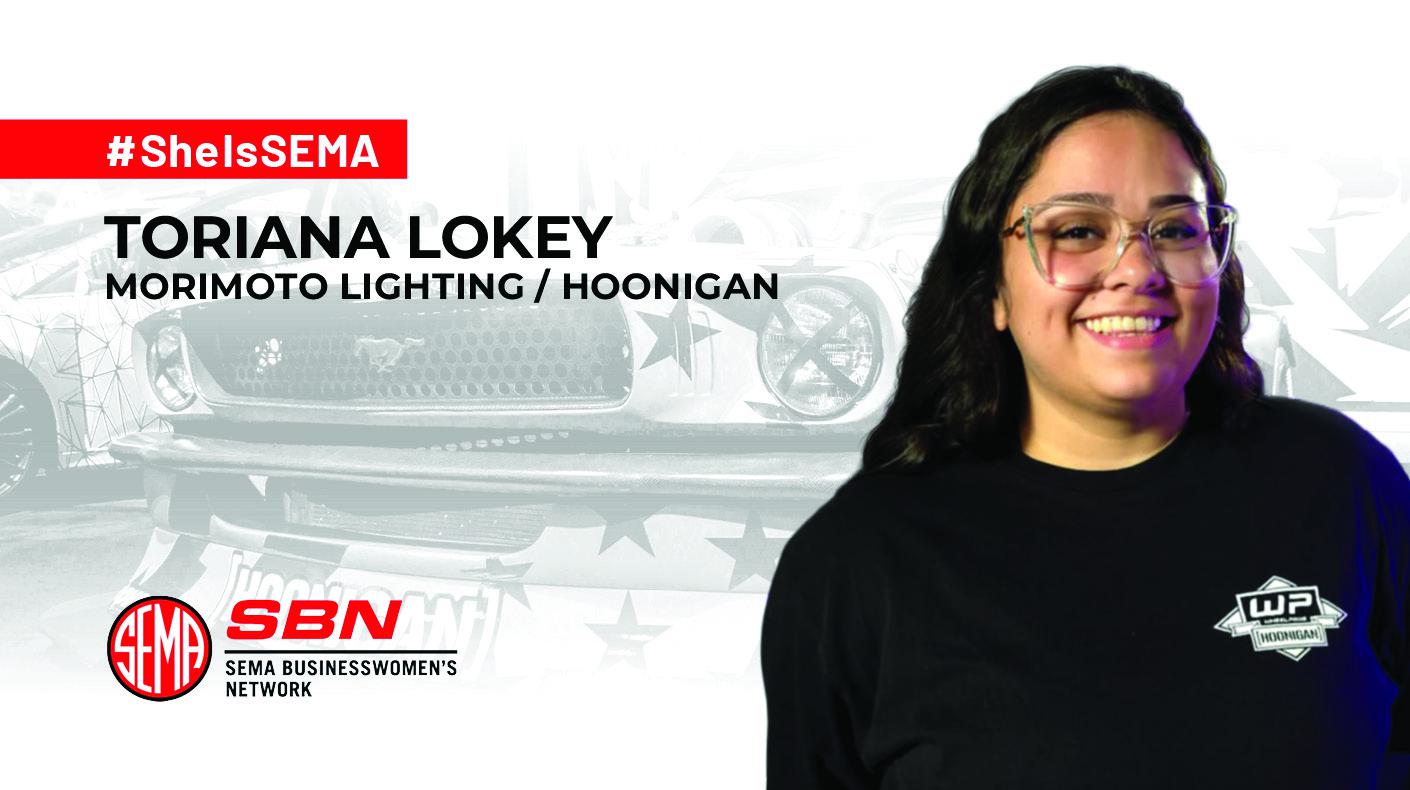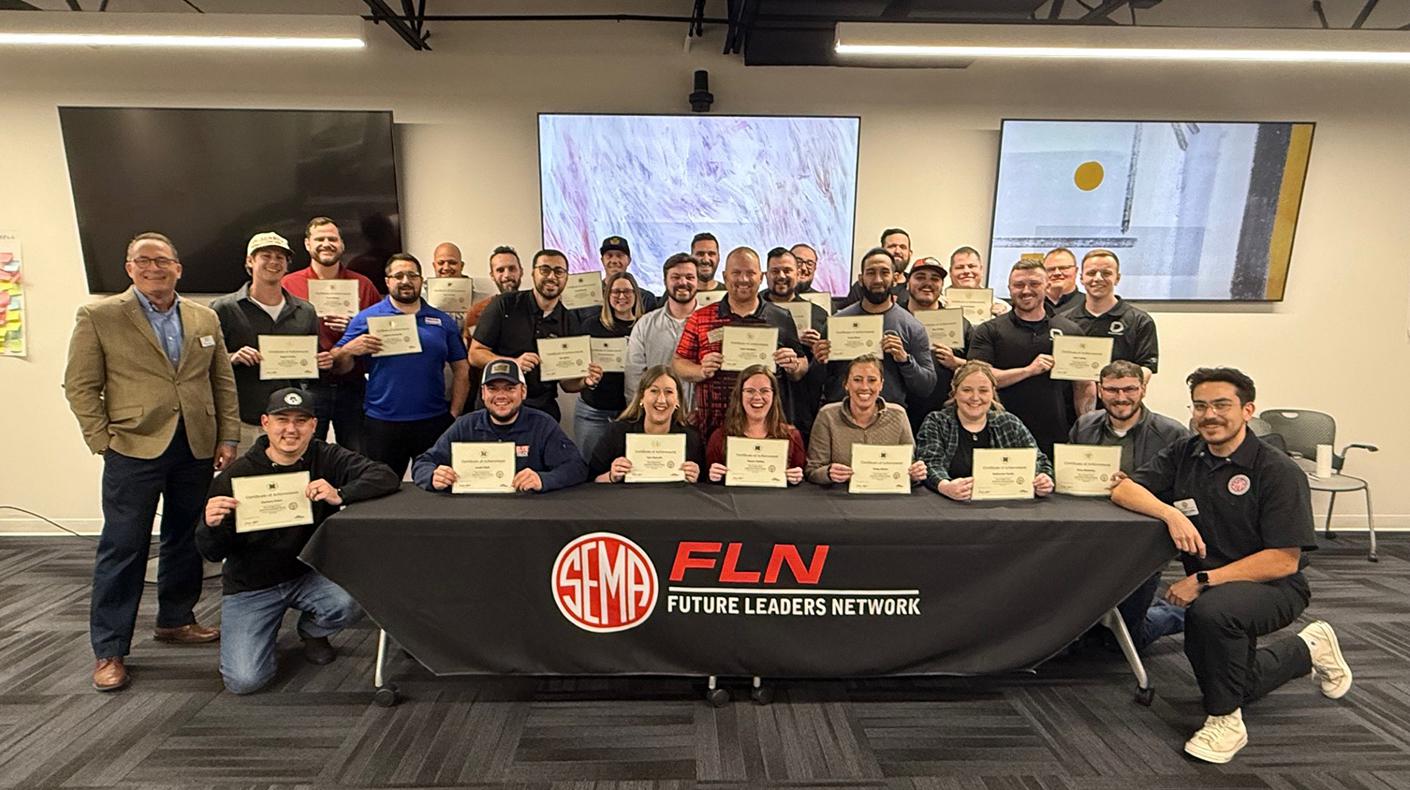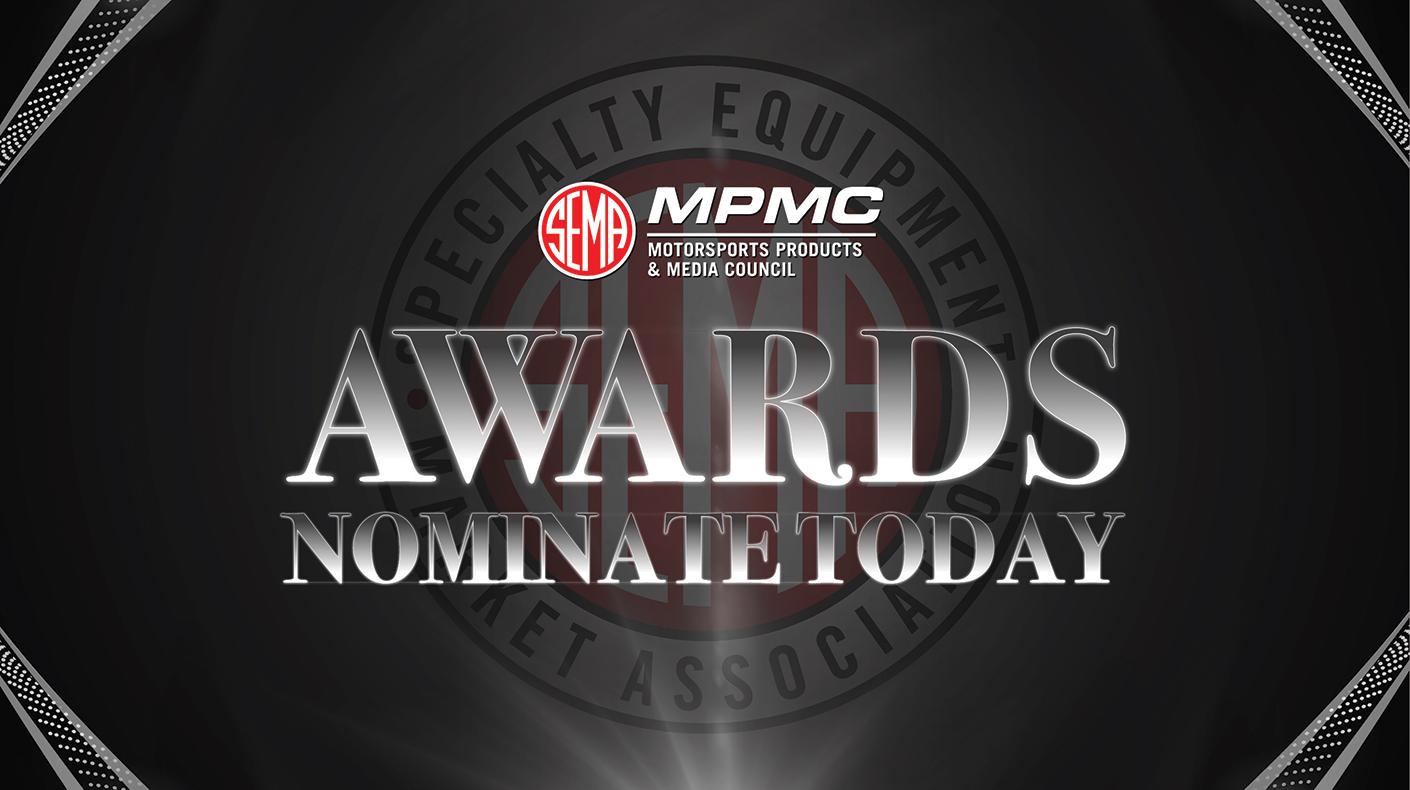 |
|
| Producing a car show requires a lot of work and even more planning, says Street Performance Council (SPC) Select Committee member Regis Finn. |
The following is from Regis Finn, B&M Racing Products, SPC Select Committee.
Hosting a car show can do wonders to promote your company, whether you are a manufacturer, wholesale distributor or retail outlet. In March, we held our third-annual B&M Racing and Hurst Shifter event, drawing 600 cars, more than 55 vendors and thousands of spectators.
Promoting and hosting a car show requires a lot of work, and it’s best to break down the duties by assigning manageable tasks to select individuals. These were lessons we learned producing this car show, but the basic ideas can be applied to almost any event.
Here are some of the items that should be on your check list:
Financials: A budget should be set early on in the planning process. Every expense should be anticipated and budged. Estimate how many cars might attend and how much money will be made from attendance, raffles and auctions. A "break-even" number of cars needed should be calculated. As the show nears, adjust the budget to compensate for a lower turnout or weak raffle or auction, if necessary.
 |
|
Pre-show planning: Don't procrastinate. Come up with a detailed plan on who will do what and where. Share this with your team. Explain to them the details and importance of their tasks. One person should be in charge of the overall show. His or her job should be to roam, problem solve and keep people on task. Being organized will take some of the stress out of the process for you and your team. If you're using volunteers, be sure to assign them specific tasks to be performed during the setup period and throughout the day.
Venue: Although you may have options when it comes to where to hold your event, we recommend holding it at your place of business. Doing so can save you the cost of renting a venue, and there is less difficulty getting supplies (tables, chairs, tents, etc.) from your shop to the show area. If you're a retailer, you'll have the benefit of servicing customers right in your shop instead of working from a trailer or tent. As a manufacturer, you can provide shop tours to those interested in seeing the manufacturing and assembly side.
Insurance: If you're holding an event on your own property it is best to get in contact with your insurance agent to discuss your insurance needs. When holding an event on public streets or parks, most local governments will require you to buy an insurance policy. Check with your local government about the amount of coverage required.
Permits: The number of permits required will vary greatly from city to city. Here is a list of some of the permits that you might need: Street Closure, Selling, Building & Safety, Health Services (for food vendors), Traffic Control, Fire Department, Police Department and Permit to Solicit Donations for a Charity. Start early on the permit process to allow time for processing. Don't expect anyone to tell you which permits are needed. Due diligence is required on your behalf. You may get shut down if a permit is missing.
Restrooms: Most portable restroom delivery companies can calculate the number of restrooms needed based on the number of participants and spectators you are expecting. They should be located at the center and along the perimeter of your venue. A nice touch is separate men's and women's facilities if the cost isn't prohibitive. Don't forget about handicap access. Many venues will require dedicated handicap restrooms. Be sure to assign a few volunteers to bathroom duty along with a schedule on when to check restroom conditions, and make sure you have plenty of toilet paper on hand. Dirty or overflowing restrooms can be a real event killer.
Barriers: You will need barriers to control traffic and spectators. Local governments can usually provide barriers, but you will need to request them well before your show. Be sure to use them to keep a clear path for emergency equipment.
Traffic Control: The local fire department will require you to have good control of the traffic. Most departments will want you to limit movement of cars to before the start and after the close of the show. Moving cars while the event is still ongoing can led to accidents and injury to participants, spectators, vendors or your employees. The fire department has the ability to shut down your show if you violate their policies.
Signs: You'll need bathroom signs, raffle signs, entry and exit signs, "no parking" signs and others depending on your venue. Make sure the signs are strong and stiff enough not to get damaged by wind. Place them where they can be easily be seen and read.
 |
|
| Vendors are a key part of your show. If payment is a sticking point,
ask them to donate something for an auction or raffle instead. |
Entertainment: Music is a must for a successful event. Choices include a live band, DJ or simple sound system. Local radio stations often will broadcast live from select events. Entertainment should be centrally located within the venue and within earshot of most participants. You may use the same sound system used to broadcast the music to announce winning raffle ticket numbers and trophy winners.
Donations: Donations are usually requested to be raffled off or given away as prizes. Many cities require you to get a Permit to Solicit for a Charity if your show is benefiting a charity. Obtaining raffle prizes is a lot of work. Instead of sending a letter or e-mail requesting donations, get on the phone and make a call.
Keep track of who you called, what they are donating and when you received it. Look outside the industry for raffle donations, too. Big chain stores, local restaurants and electronic stores are all good places to ask. Offer to hang banners and pass out product flyers for those that donate. Don't forget to follow up with a thank you note.
Trophies: A nice, solid unique trophy will send the message you are a quality organization. Size is not as important as quality and individuality of your trophy. We recommend at least three to five larger trophies (best of show, spectators pick, etc.) along with a larger quantity of smaller trophies. Give out a fixed number of trophies each hour of the show instead of waiting until the end. Design and build your trophies early, or you'll be asking for problems. Marketing tip: The name rights to trophies can also be a source of revenue.
Maps: You are going to need a map for participants. Make it clear where the show car will enter, park and exit. Be sure to mark off-limit parking areas, such as fire hydrants, emergency exit routes and the locations in front of your raffle area. Identify restrooms, the stage and other important landmarks as well. There should be a separate map for vendors listing the same info as the participants with the addition of where each vendor will park/set up their display.
Advertising: There are many websites that will let you list your event for free. For example, one Southern California site for car-related events is www.socalcarculture.com, which hosts a list of local car clubs and contact info. Sending your flyer directly to each car club in your area is also a good idea.
Host Clubs: Try to get a local car club to host your event. Their members can be helpful in spreading the word, parking cars, traffic control, set-up and tear-down, raffle sales, distribution of goody bags and trophy voting. A nice gesture is to buy the club special color event T-shirts. Water and snacks will be appreciated too.
Banners: Banners should be large enough that passing motorists can read them. The placement of your banners will greatly contribute to the success of your event. Posting on a high-traffic street or at your local speed shop is a great place to start.
Flyers: Flyers should include the date and times of your show, registration info, contact info, cost (both pre-registered and drive up registration) and any restrictions you decide to put on the show. Flyers can be distributed at car shows prior to yours, left on the counter of your local speed and parts retailer and mailed to past participants. An electronic version of your flyer can be e-mailed to local car clubs, event listing websites or to anyone wanting an electronic version of it. Post a PDF version of your flyer on your company website.
Raffles and Auctions: There are a few ways to raise funds from the donations you have collected. The most popular is a conventional raffle where you sell raffle tickets. You might try one for $1, seven for $5 and $20 for finger tip to finger tip. (This is where the person selling the raffle tickets pulls out enough tickets to stretch from one finger on your left hand to one finger on your right hand.) Silent and live auctions are another means of making money from your donations. Be sure to consult local and state laws before holding a raffle or auction.
Registration: Be prepared for both pre-registration and onsite registration. Registration kits should be mailed to those that pre-register about two weeks before the show, or participants may wonder if you received their registrations. In this kit there should be a map, special pre-paid window sticker and parking/special instructions. Onsite registration should be done in such a way as to expedite the entry and parking process. Put up a tent along the entry path where participants can pay the entry fee and obtain an entry form. Then have the participants park, fill out their entry form and then proceed by foot to a spot where they can turn in their form, collect their goody bag and T-shirt.
Goodie Bags: Goodie bags can consist of product flyers, samples, decals, coupons, key chains or anything that can fit in the bag. Goody bags are available from some the large wholesale distributors and many of the insurance companies. Stuffing goody bags can be quite the chore. Bags should be stuffed at least three days prior to the show.
 |
|
| Try to engage local car clubs to spread the word and help with logistics such as parking and traffic control. |
T-shirts: As is the case with the trophies, don't go cheap on your T-shirts. They are a way for your logos to be seen long after the show if over. Stay away from white shirts. They are easily soiled and then thrown away. If you do not have a graphic designer on staff, most T-shirt printing companies can design your shirt for a small fee.
Consult with the shirt company about the sizes and quantities of shirts needed. Consider giving one t-shirt to every paid entry, and adjust your fees accordingly to cover the cost of the shirts. Nice shirts can be produced for as little as $5 each.
Dash Plaques: Most car show producers will include a dash plaque for each participant. This is a nice but unnecessary touch.
Vendors: Vendors provide necessary services, such as food and drink. They can also help make your show look bigger and attract more spectators. They can contribute to the overall financial success of your show. Instead of charging vendors a fee to display/sell their products, ask them to donate something to the raffle.
Be prepared for things to go wrong because they will. If you keep participants, vendors and spectators from knowing if things don't go exactly as planned, they'll never know the difference. Take a deep breath and relax. What's going to happen will happen. Have fun and enjoy the rewards of your hard work! — Regis Finn, B&M Racing Products, SPC Select Committee





